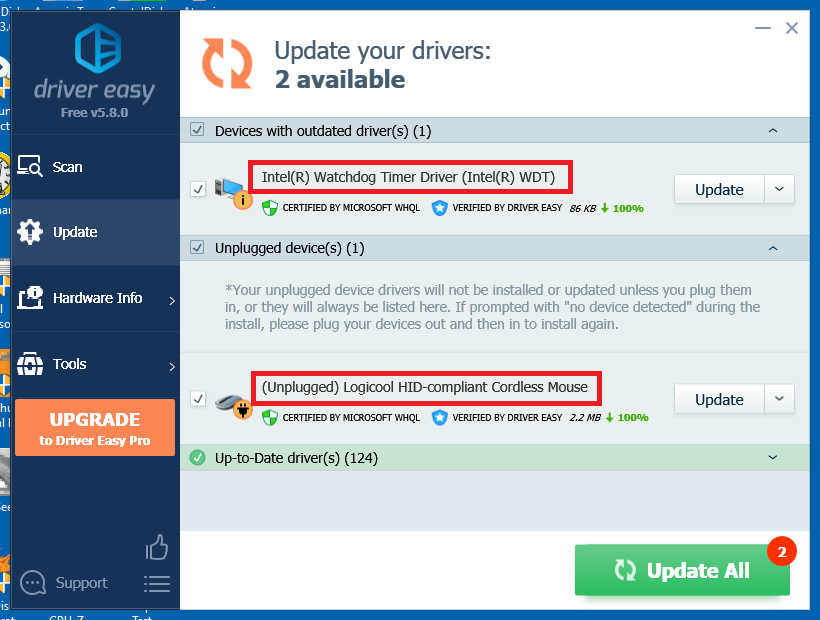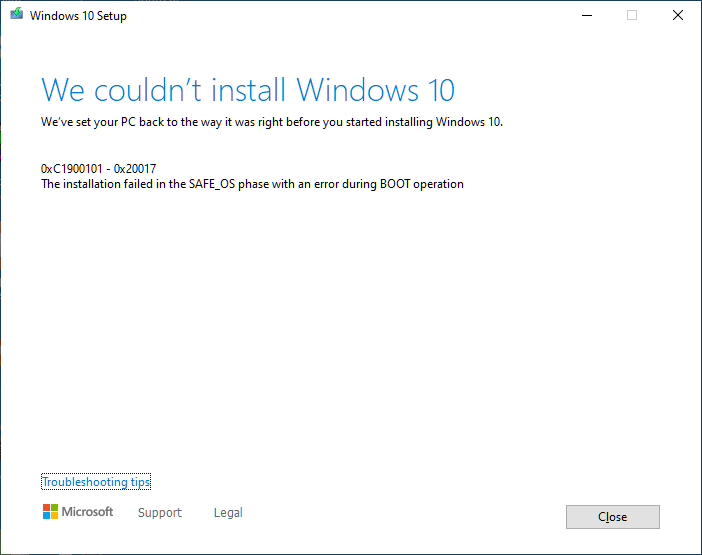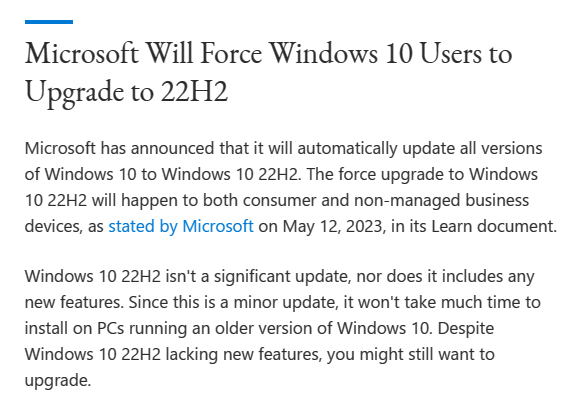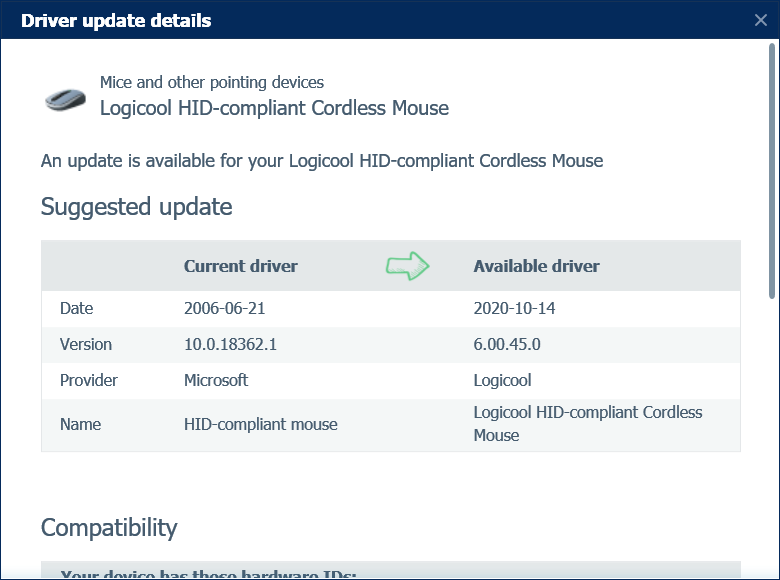regular Windows Updates are working fine on our HP Z240 workstations.
At the MS web page for Windows Update Assistant …
https://www.microsoft.com/en-us/software-download/windows10
I ran Windows10Upgrade9252.exe
-and-
I ran MediaCreationTool22H2.exe
Windows Update error also persists: 0xC1900101-0x20017 (NOT FIXED)
I’m now trying to upgrade an HP Compaq Pro 6300 MT to Windows 10 22H2, but all attempts are failing with the same error.
The first half of that error message also results from trying standard Windows Updates too.
The majority of informed opinions suggest a “driver error” of some kind, but there are not any missing drivers in Device Manager.
THIS IS A TOUGH ONE, and please appreciate my frustration:
I’ve been at this all day today, and I’m not any closer to a solution.
Thanks in advance for any effective solutions and/or useful suggestions.
One PC User suggested GIVING UP and keeping an older Windows 10 version running.





































